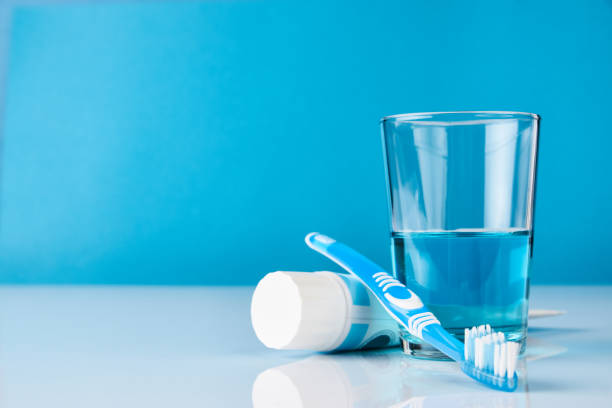
Recently, a patient of Port Kennedy Dental Group asked what was in the toothpaste.
It is a type of gel that is that aids in cleaning the teeth and keeping dental health. What exactly is it? There are numerous regular kinds of toothpaste (and particular toothpaste) available. It’s a challenge even for me, a dentist located at Port Kennedy, to know the contents of risewell toothpaste. The answer is lengthy and boring.
After conducting research on ingredients, I made an inventory of the most important ingredients. While every brand is different in composition, the majority of brands contain several of the ingredients which are listed in the following categories. What type of toothpaste you choose will also determine what ingredients are included. Some ingredients are involved in many actions (listed by primary action).
ABRASIVES aid in the removal of food and plaque by brushing. The abrasives that are used can comprise calcium carbonate, calcium hydroxide, sodium bicarbonate dicalcium phosphate hydrate, silica or hydrated silica as well as sodium chloride. The toothpaste should be designed to remove plaque from the surface of the teeth without damaging the tooth surface.
WATER typically comprises 20-40% of the toothpaste.
HUMECTANTS reduce dryness and improve the hardness of the toothpaste. Sorbitol as well as polyethylene glycols (PEG-8) and glycerol could be present.
Thickeners and BINDERS assist in maintaining toothpaste in the form of a paste. Gums like Arabic, tragacanth xanthan carrageenan, Carbomer, and Carmellose Sodium are commonly used.
Surfactants have foaming properties that aid in the loosening and removal of food and plaque. Lauryl sulfate sodium is the most commonly used surfactant. Cocamidopropyl betaine (CAPB) Sodium Methyl Cocoyl Taurate (Tauranol) or Polaxamer can be utilized in lieu.
FLAVOURINGS Mint flavor is by far the most popular flavor, and peppermint oil might be present. Other flavors that aren’t mint are employed.
SWEETENERS enhance the taste of toothpaste. Sorbitol and glycerin, as well as xylic and sodium saccharin, could be present.
PRESERVATIVES minimize the bacterial contamination of toothpaste. Hydroxyl-benzoates, methyl-paraben, or benzyl alcohol are common.
Color COLOUR Titanium Oxide (white) Chlorophyll (green) and Cl42090 (blue) could be employed to give the toothpaste a shade.
Anti-Decay The ANTI-DECAY Fluoride is a form known as sodium Fluoride Stannous Fluoride or Sodium Monofluorophosphate is the primary anti-decay ingredient. Triclosan and Xylitol could also be able to stop tooth decay(but to a lesser extent).
Anti-Gingivitis – Triclosan could be present to prevent gingivitis. Zinc Citrate may reduce plaque build-up.
Anti-Calculus Tetrasodium or Tetrasodiumpotassium is a pyrophosphate that can be used for anti-calculus and tartar management. Zinc Oxide can be utilized to lower the build-up of Tatar.
STAIN REMOVAL – Limonene can be employed to remove stains. The majority of risewell toothpaste use abrasives in order in order to “whiten teeth” peroxide could be present to achieve this.
SENSITIVE TOOTHPASTE could contain a variety of components, such as Potassium Nitrate Novamin, Strontium Acetate, Oxalates, or Arginine.


